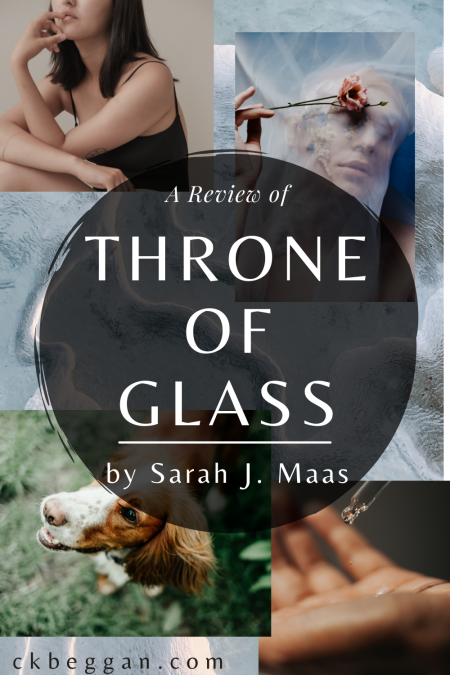
I have something shocking to tell you. I read a book that does not contain magic!
Gasp.
That gasp is fitting for another reason: Velvet Was the Night lives in an interesting space between noir and historical fiction. Written by the author of Gods of Jade and Shadow (a heart-breaking favorite of mine) and Mexican Gothic (one of the best plot-twists I’ve read in a long time), this book’s atmosphere is relentlessly gloomy, full of the violent political underworld of one protagonist and dreams of Aztec sacrifice and dramatic romance in the jungle from the other.
Neither young protagonist of Velvet Was the Night have much of a future. There is El Elvis, an early-twenties (ish?) local tough taken in by a charismatic leader of the Hawks, a covert suppression group in late-1960s-early 1970s Mexico, and Maite, a deeply lonely secretary with money problems and an obsession with romantic comic books.

Maite also loves pilfering items from her unsuspecting neighbors, specifically because she’ll have a piece of their (better, in her imagination) lives. For Maite, part of the thrill of having a stolen object—everything from a single earring to a statue of a saint—is knowing her neighbor will never miss it.
Attention-starved and cash-strapped, she is easily pulled into her beautiful neighbor Leonora’s life when asked to watch her cat last minute. When Leonora doesn’t return and things get fishy, Maite gets sucked deeper into the mystery of her neighbor and a missing camera. Elvis, meanwhile, searches for both from the other side. Elvis and Maite are on a collision course, the depiction of which will feel pleasantly familiar for fans of Gods of Jade and Shadow.
Despite the violence of Elvis and the casual but elaborate lies of Maite, neither character is unsympathetic (though Maite crosses the line into pathetic for much of the book). Neither Elvis or Maite have families you could call supportive, or even nice, so it keeps them from being unlikable, if not particularly likeable, either. Maite is full of negative self-talk wants reality to be lovely and syrupy, and Elvis longs to earn the sophistication of his cultured leader, El Mago. The two characters earn the reader’s sympathy through their missteps.
Though I found the search for Maite’s rebellious, privileged neighbor wasn’t quite enough to sustain the whole book, as usual, Moreno-Garcia’s writing is wonderful and her characters are unforgettable. Read it on a rainy day, when you don’t mind sinking in to a bit of gloom; skip it if you need your mood to be brighter. But if you choose to go along for this book’s occasionally drawn out ride, the strangely moving, reservedly hopeful ending will leave you glad you did.
To learn more about this author, visit Silvia Moreno-Garcia’s website.














